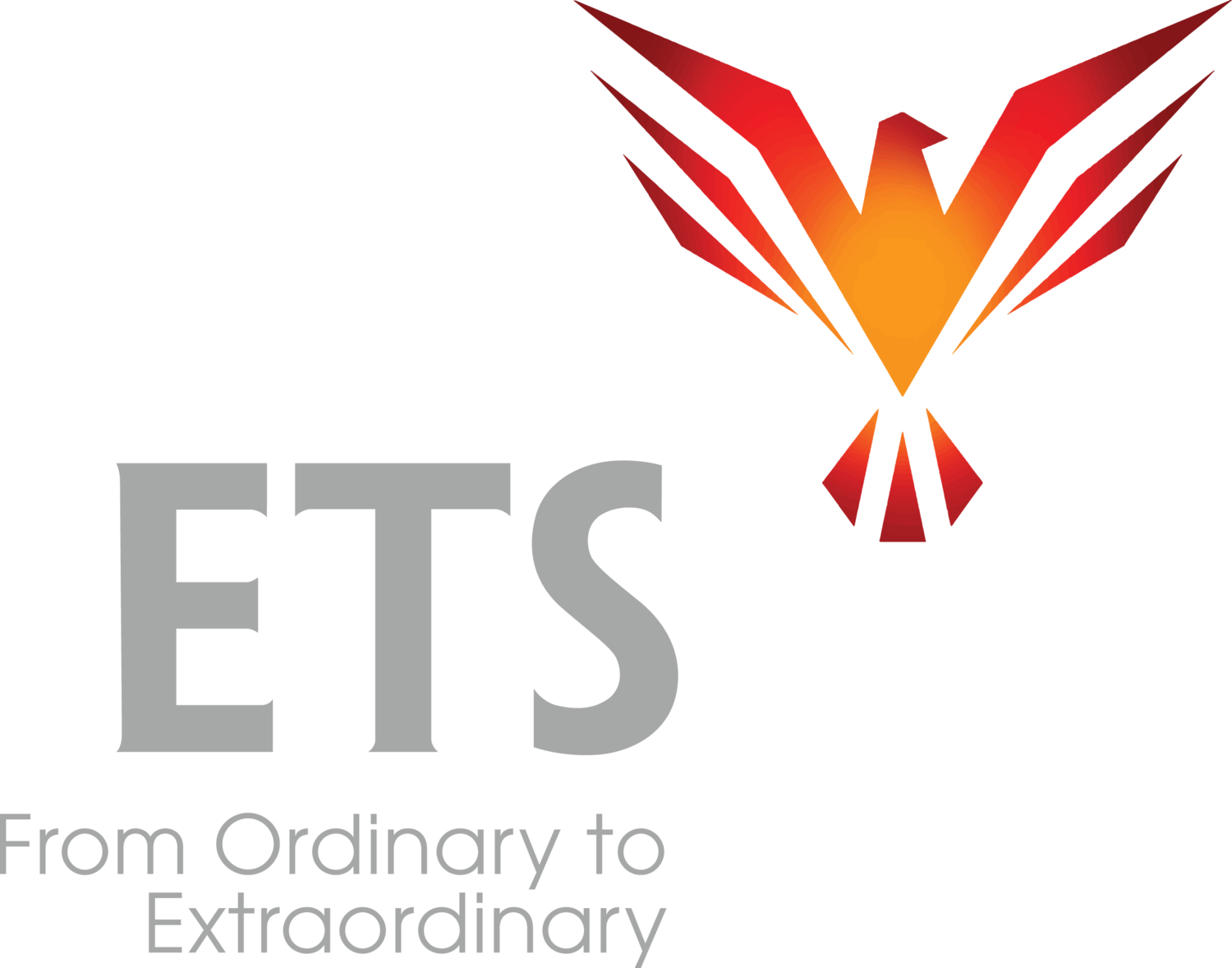Don is a crusty senior executive in a large corporation. And although the metrics inarguably prove he’s successful in producing stellar business results, Don as a person is blunt and crude. People have been trying to get the message through to him for years that he needs to be more diplomatic.
Steve, a peer of Don’s who made it to CEO, recommended my coaching to Don to help him with his “interpersonal skills”. Don was less than enthusiastic, but called me and asked if we could meet in person.
When we did, he managed to insult me twice before we even got to the conference room to start our meeting. These things don’t bother me, I just notice where someone needs to improve and start figuring out how to help them.
Turns out EVERYONE had been telling Don he needs to be more diplomatic: his boss, HR, his peers, his wife. And they had been telling him for YEARS. He had even alienated one of his two daughters who was no longer talking to him.
I’m not given a lot of time to create major change in these situations. I have to help clients create a meaningful transformation - sometimes in a matter of hours.
While assuring me of his profound skepticism, Don agreed to a four-hour coaching program with me.
At the end of four hours, Don was still direct and incisive. He lost none of that. But he was also sensitive and considerate, even warm.
The effect this had on others was profound.
Whereas before they had followed his orders, now they did it with much greater enthusiasm and investment of their full selves.
Most importantly, they did it without fear.
Don approached his alienated daughter who found herself surprisingly willing to engage in a conversation. By the end of it, his daughter hugged him and cried. They both did. Their conversations became the kind of father-daughter conversations that live in your heart, that you remember, forever.
Don’s wife stopped in the middle of doing dishes to look at him and tell him how much she loved him and how he was very much the man she wanted to marry.
So how did I get through to Don when others had failed?
Words. Normal words used in a very special way.
Your words mean something to you. You have a very specific, very particular meaning in mind when you speak them.
The problem you encounter is that when you say something, your words can mean something completely different to the people hearing them.
When that happens, your words are powerless.
That’s what was happening in Don‘s case. Everyone could talk and talk to him endlessly about his needing to change, but their words meant nothing to Don.
In these situations, most people make the mistake of using more and MORE words that have no meaning. Then everyone gets tired of the subject.
What I did differently was this:
I pretty much used the same words everyone else was using. But, and this is a COLOSSAL difference, I caused my words to have the same meaning for Don that they did to me.
I never told him he needed to be diplomatic. I never told him he needed to be sensitive, kind or considerate.
But I got him to have full conceptual understanding of each of these principles. Then I stood back.
I never, ever tell people how to behave. School and corporate life have done too much of that and robbed them of their character and unique identity. My job is to bring it all back.
The change in Don came from within. He looked at me and said, “I feel different.” I looked back at him and said, “We’re done.”
Talking about the results this change in him produced during our follow-up session a month later had us both simultaneously grinning and crying a little, especially when it came to his daughter.
Don had never experienced so much love and warmth from others, especially from the people below him in the organization.
Your words give physical expression, give body, physical presence, to your imaginations, realities and your desires.
If your words lose their meaning when others hear them, you lose your power.
The key is to create the exact meaning you intend.
Then others respond to you the way you intend. And then you are able to enlighten them, reach them, influence them, persuade them, move them.
How quickly you can do that defines your success.
I have a workshop coming up in December where you will learn all about the power and secret of words.
I have a precise method I use that I will teach you. And I mean LASER precise, which is what allowed me to reach Don in 4 hours when others hadn’t gotten the door to Don to open even a crack in 4 years.
You’ll learn how to create powerful meaning and impact with everyone who hears or reads your words.
How prized is this ability?
It’s the one defining factor that makes a successful senior executive. It’s the one defining factor that gets people promoted to senior executive ranks. It’s the one defining factor that enables them to be successful.
Let me give you some examples.
A Senior Vice President was unsuccessful trying to get the concept of respect across to his CEO and his peers. When he used this approach, they all closed their laptops and started listening to him. The culture within the senior leadership team changed in one meeting.
Another Senior VP had changed organizations and was overwhelmed in his new role. The learning curve in the new organization was killing the rapid success he was expected to produce. When he used this approach, that all changed in 2 hours. He was back in control, gained immediate traction, creating organizational success at a greatly accelerated pace.
It’s not just for senior executives.
An Executive Assistant’s daughter threatened to commit suicide because she was flunking out of nursing school, wrecking what she believed was her last hope for success. Using what she learned, the mother turned the situation around with her daughter in one Saturday and the daughter graduated nursing school in the “top three” of her class.
A sales professional in the semiconductor industry was given an unpromising territory because she was new to the role. Using what she learned, she took business away from competitors. Despite the obstacles she faced, she rapidly became one of the top sales people in her organization. What was truly unique about her was she didn’t “sell” in the traditional sense. She simply got her true meanings across to her prospects.
Words. Powerful stuff. When you know how to use words, you can do anything. Change their minds. Change a culture. Change lives. And you can even change yourself too if you’d like.
I personally get really excited delivering this workshop. My biggest problem is not waking up at 3:00 in the morning the night before because I’m so looking forward to it. I don’t know when I’ll be offering the workshop again because it’s truly a unique offering. So make time in your December schedule or request an on-site version of it if this resonates with you.
In the meantime, understand that, in every aspect of your life, your words are key to your success.
Be the cause!




















